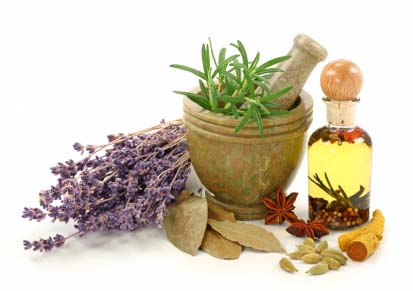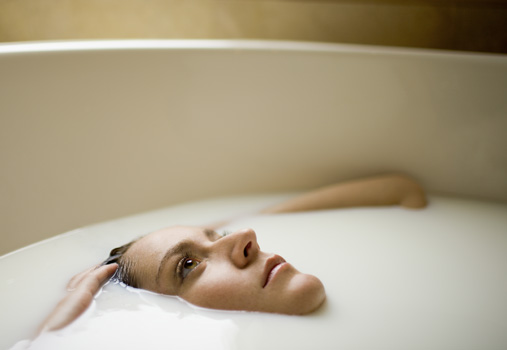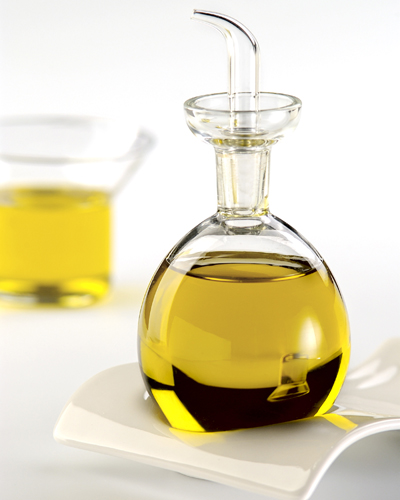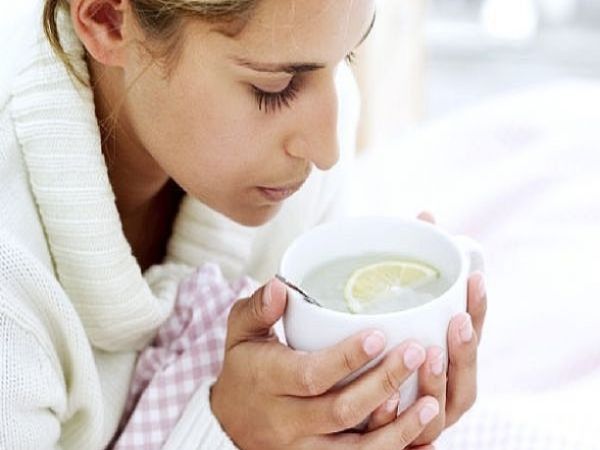
Chicken pox is a fairly common and highly contagious infection caused by the Varicella zoster virus. It is characterized by the eruption of itchy pockmarks all over the body and face. The itchiness gets exacerbated by temperature and moisture. While temperature increases the itchiness, moisture increases chances of secondary infection and thus indirectly contributes to the itching. At the same time, however, allowing the skin to dry also increases itchiness. Thus, all the home remedies for chicken pox concentrate on cooling the body and reducing dryness of the skin without the use of water. Thus, various oils like lavender and tea tree are made use of. Gels and baths help in cooling while the leaves of the neem tree help all round. Here are 5 best home remedies to prevent itching during a chicken pox attack.
The lavender oil treatment
Chicken pox leads to severe itchiness of the skin. Scratching the skin further complicates the issue by scarring the skin and leading to subsequent infections too. In order to relieve this itching sensation and prevent the secondary infection, the use of lavender oil has been highly recommended. Lavender oil or lavender lotion reduces the intensity of the itch and helps calm the skin inflammation. Since it is an anti-bacterial, it helps to prevent other secondary infections also.
The lotion or oil can be directly applied to the sores and itchy spots on the skin through a cotton swab or cotton bud. It can also be used via a cool bath. Prepare a cool bath by adding about 10-15 drops of lavender oil into cool water. Now, the patient should soak in this bath for about 10-15 minutes, at least twice a day. This will provide great relief from itchiness. The itch increases due to the heat also. Lavender oil or lotion cools the body and thus serves in a double manner!
Making use of a bath may be difficult while traveling and the direct application method can be used. The remedy shows immediate results by providing instant relief. Apart from that, the patient also benefits from the sweet and pleasant aroma of lavender that lingers about him/her throughout the day.
The neem leaves treatment
Neem (Azadirachta indica) leaves have been traditionally used in India for a variety of infections and problems. They form a great home remedy against chicken pox too. The leaves have the ability to boost the immune function of the body. They do this by enhancing the production of interferons, thus increasing the ability of the macrophages to engulf attacking foriegn bodies. They also improve the lymphocytic abilities to respond towards immune challenges. Thus, making a bed of neem leaves for the chicken pox patient helps in stemming the spread of infection. This eases the intensity of itches.
The ways of application vary. Neem leaves can be made into a paste which could be directly applied to the affected and infected skin. Neem does not cure chicken pox or the other poxes. However, it prevents the spread to other parts of the body and to others. It does this by absorbing the viruses and preventing them from entering into the unaffected cells.
Usage of baths
Cooling the skin of a chicken pox patient is a sure way to reduce the itching. To calm the skin, cool baths made from oatmeal powder are very helpful. They are easy to prepare too. One cup of colloidal oatmeal powder has to be added to the bath after being ground in the blender. Similarly, baking soda can also be utilized instead of oatmeal. Half a cup of baking soda will suffice for a shallow bath while a deep bath will need a full cup. The fizz that is produced aids in relieving the itches.
The same ‘bath water’ can be applied via cotton cloth also. Dip a cotton wash cloth in water and then add diluted baking soda. Gently dab the cloth over the affected areas or, if necessary, tie the cloth to the area for a while. Even lavender oil or lotion could be used in the same way instead of baking soda. Though skin-dryness can irritate and cause itching in the skin, moist skin is not recommended for it can lead to bacterial growth. Treating the affected areas with Calamine lotion after the bath would help keep the skin dry and free of infection.
Vitamin E, gels and oils
Studies have shown the vitamin E helps healing of scar tissue when taken internally or applied externally. Thus, it forms a potential itch reliever for chicken pox victims. Wheat germ, vegetable oils, whole grains, soya beans, apples, apricots, nuts and green vegetables are rich sources of vitamin E. However, it is also present in many lotions which can be applied topically to the itchy locations.
Among gels, aloe vera does the double task of cooling the skin and also taking away the itchiness. The fragrant smell is an added benefit. Gels are easy to apply and can be used liberally, as frequently as possible. Being natural, aloe vera has no associated side effects.
An oil is the best way to keep the skin from drying without making use of water. Tea tree oil has been found to be very effective against chicken pox itch. It is famed to reduce the itching and ‘wet’ the skin almost instantly. Added to all this, it is completely natural too.
Medications for fever and complications
Chicken pox also brings fever along with it. Fevers raise the body temperature and make it uncomfortable for the patient. Thus, they also increase the itchiness and the pain. Some fever-reducing medicines like acetaminophen (Tylenol) in tablet or syrup form can be administered. However, keep in mind that a fever is a part of the body’s defense against the chicken pox. Thus, unless it is making the patient very uncomfortable, do not administer medicines. One could also make use of home remedies for fever so that the body’s defense is not affected.
There may be some complications due to chicken pox. Pneumonia and skin infections find this an opportune moment to strike. It is advisable to be vigilant against these complications. This involves regular visits to the doctors.




